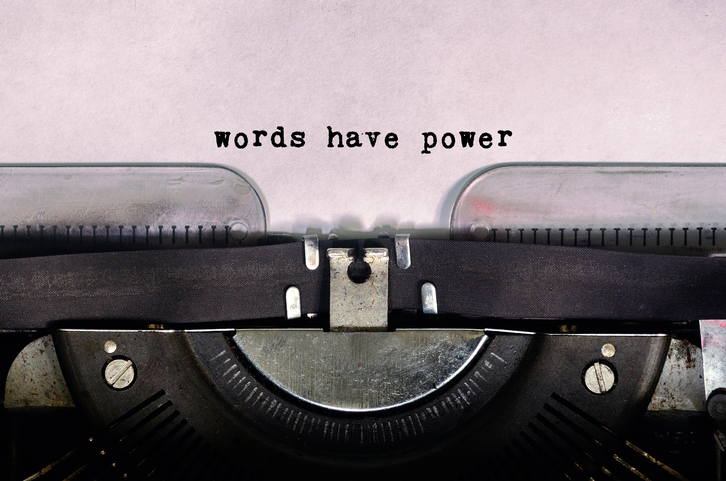
It all comes down to creating a communication style that projects confidence.
The overwhelming majority of the work I do with my clients centers around helping them find their voice in difficult situations. This is about creating a powerful communication style that projects confidence. The biggest question most people ask me is, “How do I handle this situation and come out looking like a leader and a professional?”
An effective communication style is a really big topic, so this week I wanted to spend time focusing on what it means to communicate holistically. In other words, how do we show up across the board — in meetings, in email, on social media, in arguments, and as a visionary?
To help answer those questions, here are five articles on how to communicate more effectively.
1. The best communication style for workplace success.
This article by Glassdoor goes into seven points that remind us what it means to communicate in the workplace. This includes how we listen, how we speak, how we move, and how we write. The article may come across as listing some basics that we all should know, but together, it gives a comprehensive look at how communication is more than just what you say.
2. The power of person-first language.
This article from Entrepreneur starts out with a powerful story about Fred Rogers and a moment he had with a disabled boy. It then explores the connection to how we should approach disability in the workplace. There are key reminders here of how our language affects the people around us, and what it means to speak with awareness.
3. Diffusing an emotionally charged conversation.
Here’s a great article from Harvard Business Review that explores the psychology behind conflict and how to navigate a difficult conversation. The author, Ron Friedman, provides a specific series of relationship-building statements to make conversations more productive, which he outlines through the PEARL acronym.
4. Five habits of highly effective communicators.
This is another seemingly simple article from Forbes that outlines five habits to improve your communication skills. In this article, however, the author, Susan Tardanico, is asking us to reflect on our communication skills as a way of fine tuning our emotional intelligence. She talks about trust, simplifying complex concepts, finding your own voice, and much more.
5. Effective communication style under pressure.
This article from Workforce Focus explores what communication looks like during stressful situations. In this circumstance, it isn’t really about conflict. It’s more about navigating a high-stress situation while getting better results from the people around you. One interesting tip is about challenging your story. Have you positioned yourself as a victim or helpless participant? Do you have a tendency to find a villain so you can emerge victorious? What we think of ourselves is a large part of how we choose to communicate to others. Is your communication style self-defeating? If so, it’s time to re-evaluate how you show up.
Keep in mind, having strong communication skills is a work in progress. We are always finding ourselves in new and unfamiliar situations; we always wish we had said something else in hindsight. These tips and techniques are intended to provide you with self awareness, and communication tools that help diminish the impact of the fear of the unknown.
Christina Holloway is an executive coach and business coach. She helps executives and entrepreneurs grow their companies faster, create results-driven teams, and increase profitability. She has been featured in Forbes, The Huffington Post, Addicted2Success and Fast Company. If you’re interested in working with Christina, take a look at her strategy sessions and contact her to get started.

